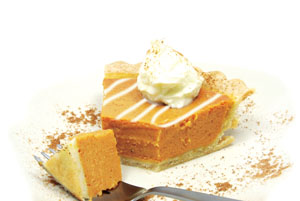Stone Cold Facts: Tips for Choosing Stonework
04 Sep 2010
Here are a few things to consider when choosing stonework for your garden, walkways or patio.
Ground Preparation
Proper ground prep, especially for stone and brick surfaces, is crucial. “Here in Boulder we have clay-based soil,” says Brian Scott, a stonemason and owner of StoneScapes in Boulder. “You want to make sure you have your footings tamped and excavated correctly.” If your stone or brick wall is a retaining wall, make sure you build a drainage system that carries water away from the wall, he adds.












